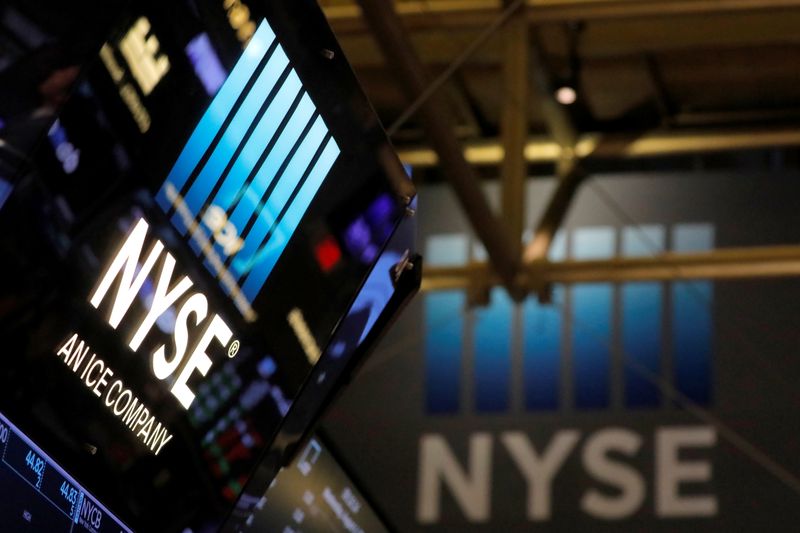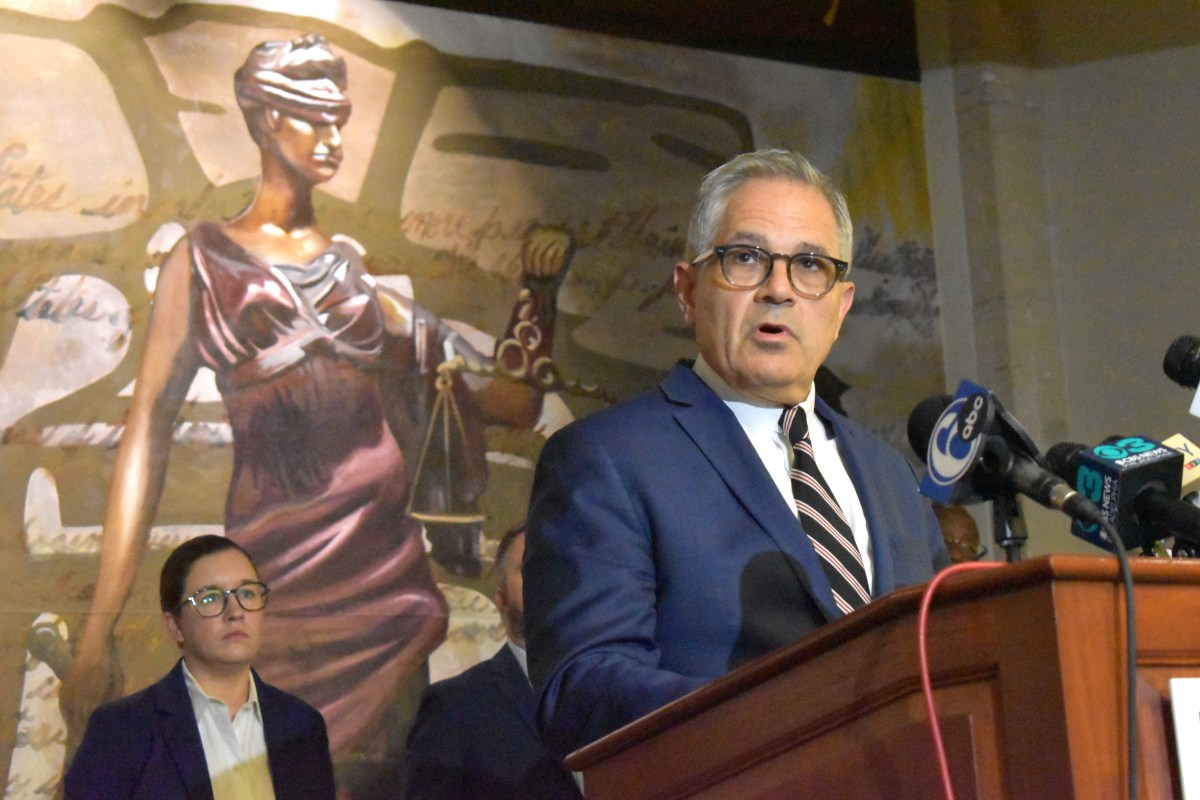(Reuters) – The Nasdaq and S&P 500 closed at record levels on Thursday after a spate of strong corporate earnings and a further decline in U.S. unemployment claims last week, as investors weighed concerns of the surge of the Delta variant ahead of Friday’s job’s report.
Initial claims for state unemployment benefits fell by 14,000 to 385,000 in the week ended July 31, while layoffs dropped to their lowest level in more than 21 years last month as companies held on to their workers amid a labor shortage, the Labor Department’s report showed.
“The directional change has continued to be improving in the last few weeks and now it’s a new low since beginning the pandemic,” said Keith Buchanan, portfolio manager at Globalt Investments in Atlanta, Georgia. “I think that’s what (is) kind of leading to some optimism today and earnings to this point have been positive.”
Nine of the 11 major S&P 500 sector indexes rose, with healthcare stocks in the red as Cigna Corp slipped 10.9% after predicting a bigger hit to full-year earnings from the pandemic.
Focus will now shift to the jobs report for July on Friday. Analysts say a disappointing number might raise questions about an economic recovery, but it could also lead the Federal Reserve to remain accommodative.
Meanwhile, Robinhood Markets Inc tumbled 27.6%, snapping a four-day rally fueled by interest from retail traders.
ViacomCBS Inc jumped 7.1% as the company said it signed up the highest number of new streaming subscribers in the second quarter, and struck a multi-year deal with Comcast Corp’s Sky to launch the Paramount+ streaming service in Europe.
The Dow Jones Industrial Average rose 271.58 points, or 0.78%, to 35,064.25, the S&P 500 gained 26.44 points, or 0.60%, to 4,429.1 and the Nasdaq Composite added 114.58 points, or 0.78%, to 14,895.12.
Concerns about the pace of economic growth and higher inflation have pressured the S&P 500 index, but stellar corporate earnings so far have put it on track to end the week higher.
Fed Vice Chair Richard Clarida, a major architect of the central bank’s new policy strategy, said on Wednesday he felt the conditions for raising interest rates could be met by the end of 2022.
Volume on U.S. exchanges was 8.86 billion shares, compared with the 9.63 billion average for the full session over the last 20 trading days.
Advancing issues outnumbered declining ones on the NYSE by a 2.06-to-1 ratio; on Nasdaq, a 2.26-to-1 ratio favored advancers.
The S&P 500 posted 52 new 52-week highs and 4 new lows; the Nasdaq Composite recorded 111 new highs and 103 new lows.
(Reporting by Echo Wang in New York; Additional reporting by Shreyashi Sanyal and Shashank Nayar in Bengaluru; Editing by Aditya Soni, Maju Samuel and Diane Craft)

























